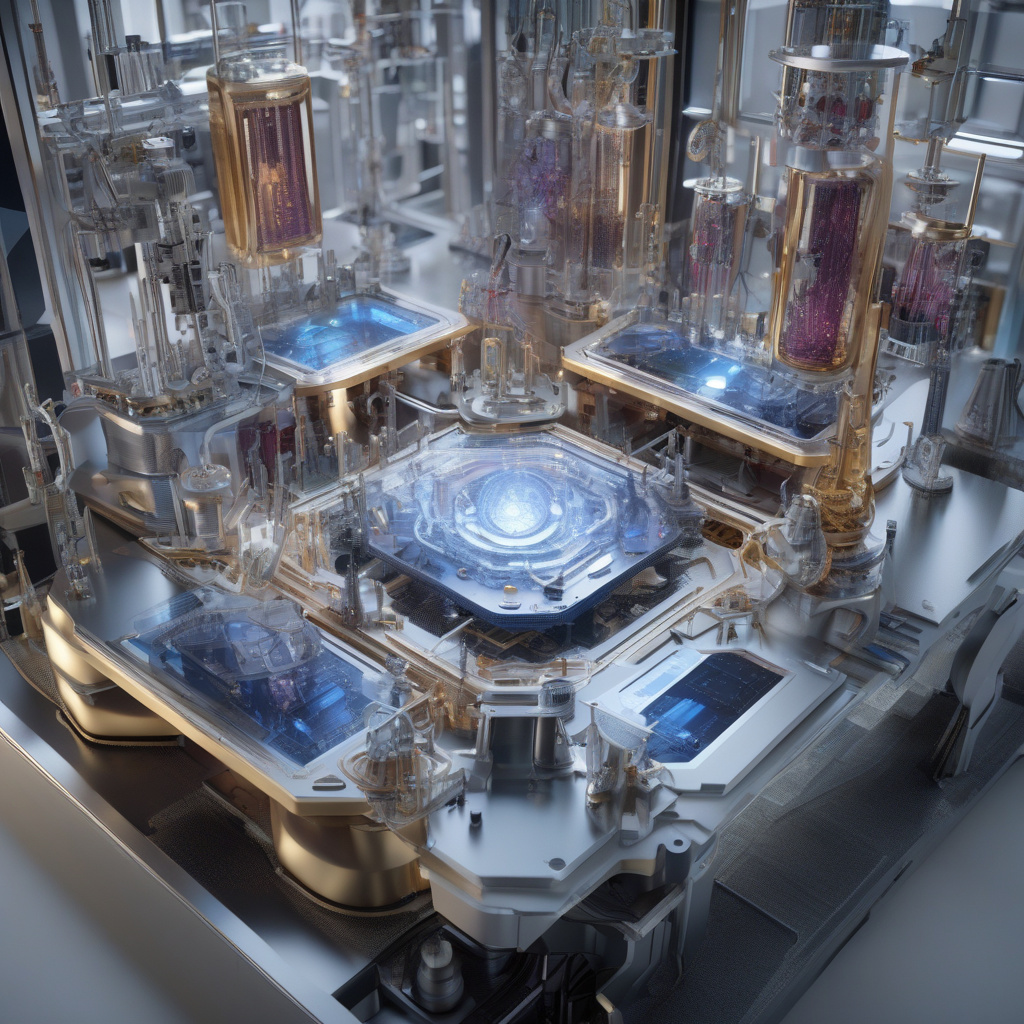3D-Printed Ion Traps: A Quantum Leap in Quantum Computing
In the ever-evolving landscape of quantum computing, researchers have achieved a groundbreaking milestone with the development of 3D-printed ion traps that can capture ions with ten times more efficiency than previous methods. This technological advancement not only showcases the power of additive manufacturing in the realm of quantum physics but also paves the way for the scaling of quantum computers to new heights.
Ion traps play a crucial role in quantum computing by confining charged particles (ions) in a way that allows researchers to manipulate and study their quantum states. The efficiency of these traps directly impacts the performance and scalability of quantum computers, making the recent development of 3D-printed ion traps a significant breakthrough.
Traditionally, ion traps were fabricated using conventional machining techniques, which often had limitations in terms of design complexity and scalability. With the advent of 3D printing technology, researchers can now create ion traps with intricate geometries and structures that were previously unattainable. This level of precision enables the traps to capture ions more effectively, leading to enhanced qubit coherence and overall quantum computing performance.
One of the key advantages of 3D-printed ion traps is their scalability. By optimizing the design and fabrication process, researchers can easily replicate and scale up the production of these traps, making them suitable for larger quantum computing systems. This scalability is essential for advancing quantum computers from proof-of-concept experiments to practical applications that can solve complex real-world problems.
Moreover, the ability to 3D print ion traps opens up a world of possibilities for customizing trap configurations based on specific quantum computing requirements. Researchers can tailor the traps to accommodate different types of ions, optimize trap parameters for specific quantum algorithms, and even integrate multiple traps into a single system for parallel processing capabilities.
The implications of this breakthrough are significant for the future of quantum computing. As researchers continue to push the boundaries of what is possible with 3D-printed ion traps, we can expect to see quantum computers that are not only more powerful and efficient but also more accessible to a wider range of applications and industries. From cryptography and drug discovery to optimization problems and machine learning, the potential for quantum computing to revolutionize various fields is immense.
In conclusion, the development of 3D-printed ion traps marks a major milestone in the advancement of quantum computing technology. By enhancing the efficiency and scalability of ion traps, researchers are accelerating the path towards larger and more powerful quantum computers that have the potential to solve some of the most pressing challenges facing our world today.
#QuantumComputing, #3DPrinting, #IonTraps, #TechnologyAdvancements, #ScalableQuantumComputers











